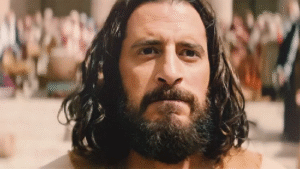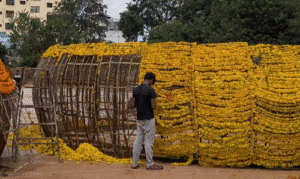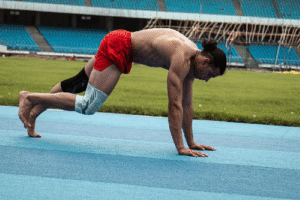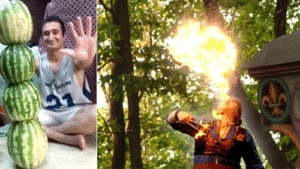Absolutely right — the Flying Ranee is a historic and iconic double-decker train in India, and here’s a detailed look at its remarkable legacy:
Introduced: 1906
Route: From Mumbai Central (MMCT) to Surat (ST), Gujarat
Operator: Originally under the Bombay, Baroda and Central India (BB&CI) Railway, later merged into Western Railway
| Year | Event |
| 1906 | Flying Ranee begins service as a superfast passenger train, serving the growing demand between Bombay and Surat. |
| 1939 | Service halted due to World War II, as resources and railway infrastructure were redirected for wartime needs. |
| 1950 | Resumed post-Independence as a daily service, becoming a favorite among commuters and traders. |
Though double-decker coaches were introduced earlier (in 1862) by BB&CI, Flying Ranee was the first regular train in India to incorporate dedicated double-decker compartments for passengers.
To maximize capacity on the highly trafficked Mumbai–Surat corridor, especially during business hours.
The train had a distinctive look, with the double-decker compartments being visibly taller and split-level seating inside.
Distance Covered: Around 263 km
Travel Time: ~4 to 5 hours, depending on the number of halts
Category: Superfast Express
12921 (Mumbai Central to Surat)
12922 (Surat to Mumbai Central)
Nicknamed the “Queen of the Western Railway,” the Flying Ranee served not only as a vital commuter link but also as a symbol of economic connection between Gujarat and Maharashtra.
It is especially popular among textile traders, office-goers, and daily commuters.
Though modern versions of double-decker trains (AC Double Decker Express) are now more advanced, Flying Ranee still retains its charm with vestiges of classic rail travel.
Today, it no longer operates with double-decker coaches, but it continues to be one of the most beloved superfast services in Western India.







